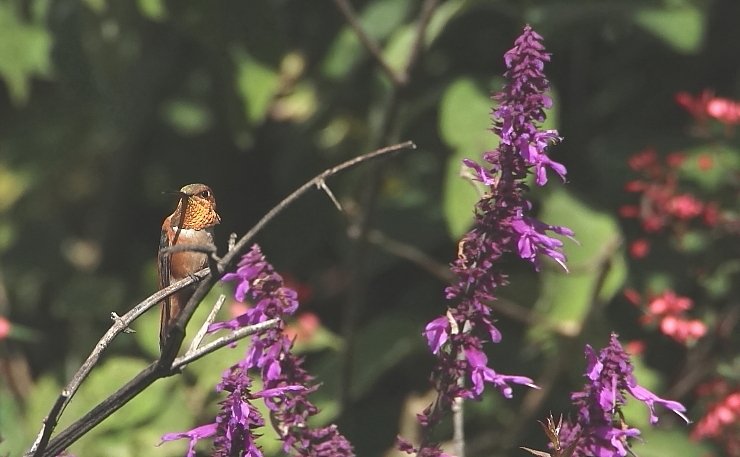
During my time writing for 10,000 Birds, I have made no secret of my love for salvias — especially Michoacán’s native salvias. In fact, I have nine species of salvias growing in my small garden as I write these lines: six natives I grew from cuttings (Salvias mexicana, purpurea, longistyla, patens, and two I have yet to ID), one grown from seed from my sister’s garden in California (Salvia leucantha), one purchased in a local nursery (Salvia greggii), and one purchased culinary sage plant (Salvia officinalis).
The main reason that I love salvias so much, is that hummingbirds love salvias. In fact, most salvias seem uniquely adapted to feeding, and being pollinated by, hummingirds. A few have short flowers that attract insect pollinators, but most have long tubular flowers that require pollination by hummingbirds.
Some 50 species of salvias grow in Michoacán, according to one estimate. And I have personally observed 16 species of hummingbirds in the state. I have seen most of these hummers feeding on salvias, which represents a lot of possible symbiotic combinations between the two groups.
Without a doubt, the salvia that turns up most in my hummer photos is the aptly-named Salvia mexicana. This delightful plant is widely available in American nurseries, with varieties such as “Limelight”, “Ocampo”, and “Lollie Jackson”. Gardeners love it for its lime-green calyces, but the hummers come for the blue or purple flowers. Here are a few photos of mine involving Salvia mexicana and hummers:
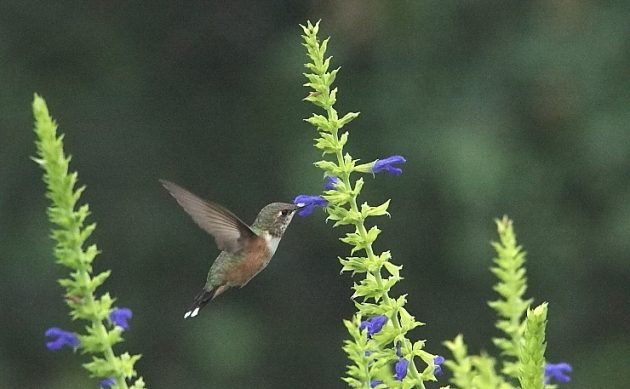
Female Rufous/Allen’s Hummingbird
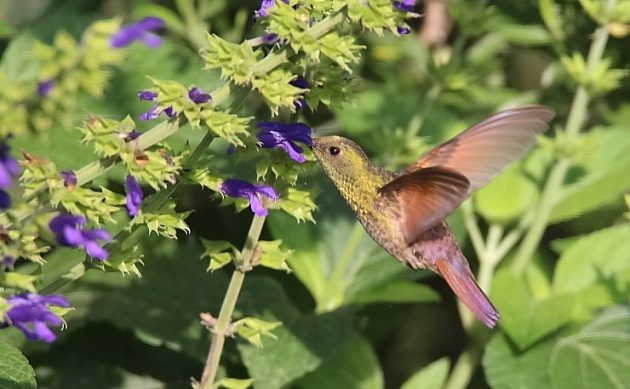
Berylline Hummingbird
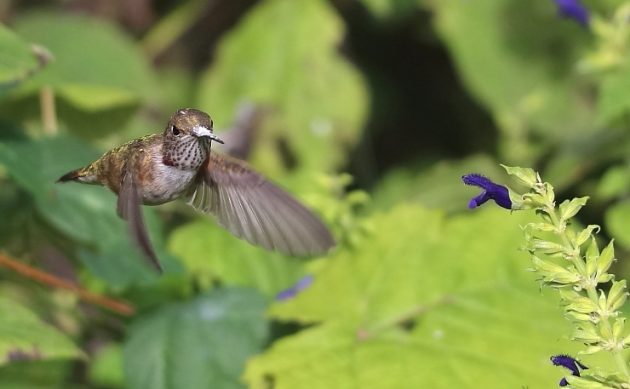
Broad-tailed Hummingbird
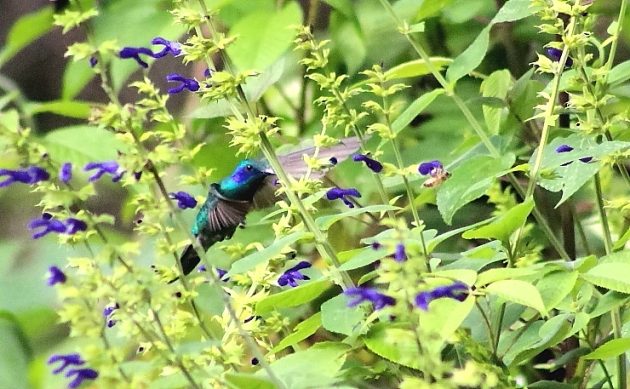
Mexican Violetear
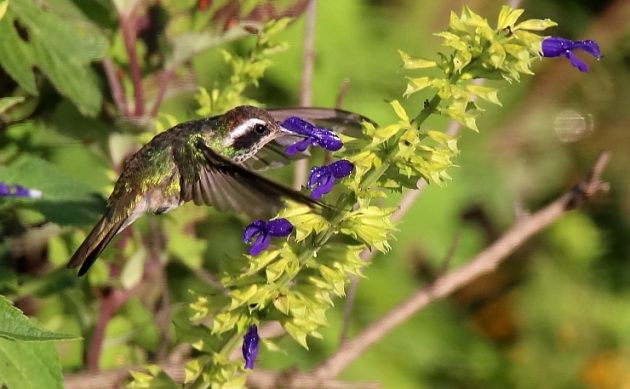
White-eared Hummingbird
My second example of a salvia beloved by hummingbirds is Salvia purpurea. Like Salvia mexicana, this species is common in open areas close to (and in) Morelia itself; but it loves steep slopes, while S. mexicana prefers flat spaces. Both plants have grown and reseeded for years in my garden, where they are popular with Broad-billed and Berylline Hummingbirds. But, in the wild, S. purpurea seems to have a special relationship with Rufous/Allen’s Hummingbirds.
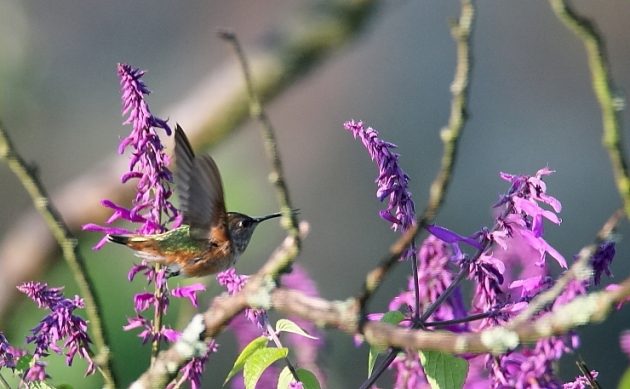
Rufous? Allen’s? When it’s a female, there’s almost no telling.
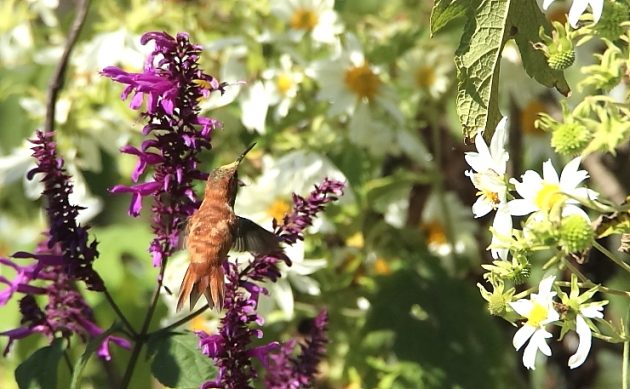
But there was no doubt that this male was a Rufous.
Salvia pupurea leaves also have a lovely light herbal scent. While not a common garden plant up north, I did find it for sale with Annie’s Annuals, a wonderful California nursery.
Salvia leucantha (Mexican Bush Sage) and Salvia greggii (Autumn Sage) are both common garden plants in the U.S., and both are native to Mexico — just not my part of Mexico. Still, they grow very well in my garden, and are very popular with the hummers that visit. Here is an old photo of a Broad-billed Hummingbird visiting one of my Salvia leucanthas:
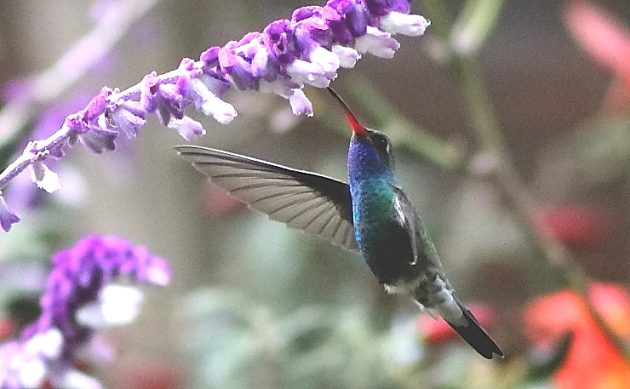
I’ll finish with some photos of other salvia species I have seen around Michoacán, with some of the hummers that visit them. Thanks to Ignacio Torres for his help identifying the salvia species.
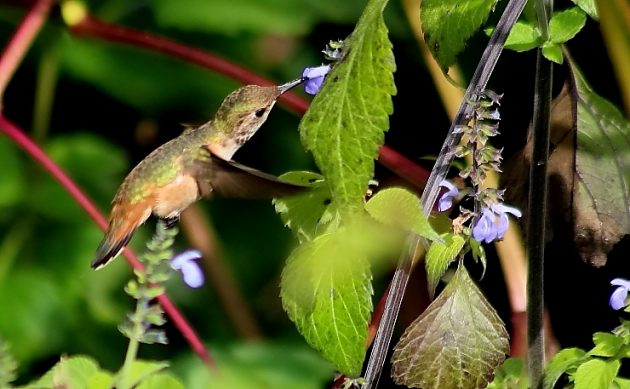
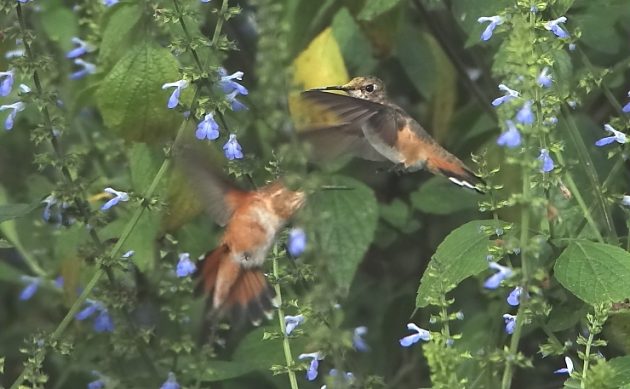
More female Rufous/Allen’s Hummingbirds, fighting over Salvia longispicata flowers, as hummers are wont to do.
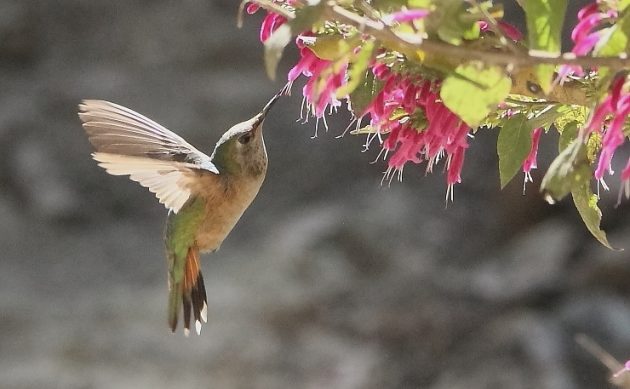
The visitor is a Broad-tailed Hummingbird. I find this Salvia iodanthe lovely, and would love to establish it in my garden someday.
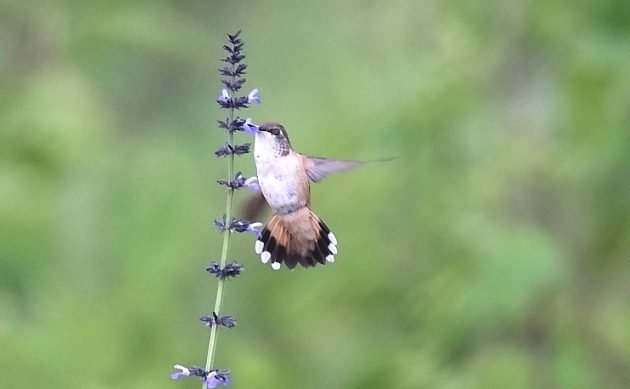
The tail feathers (helpfully displayed) tell me this female is a Rufous Hummingbird. No ID yet for the salvia.
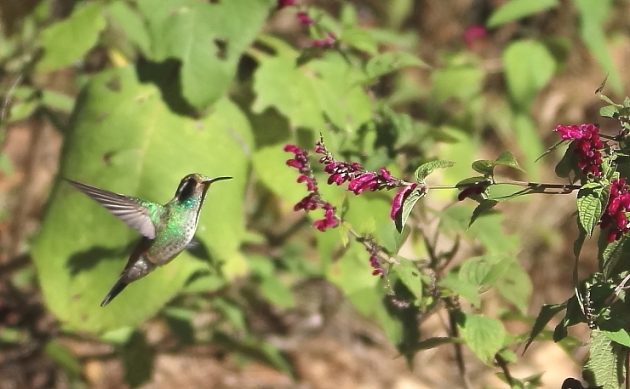
This immature White-eared Hummingbird was lovely, and so was the salvia. I don’t know the latter’s species. But I’m a sucker for fuzzy salvia blooms.
The moral of the story: If you live in hummingbird country, you really should grow as many nice, tubular salvias as your climate and space allows.


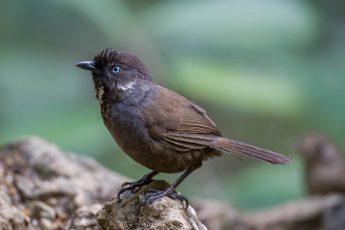

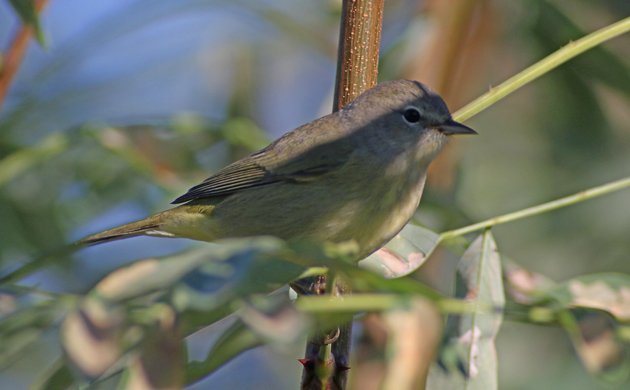

 New writers welcome – please contact us for details.
New writers welcome – please contact us for details.

















Leave a Comment